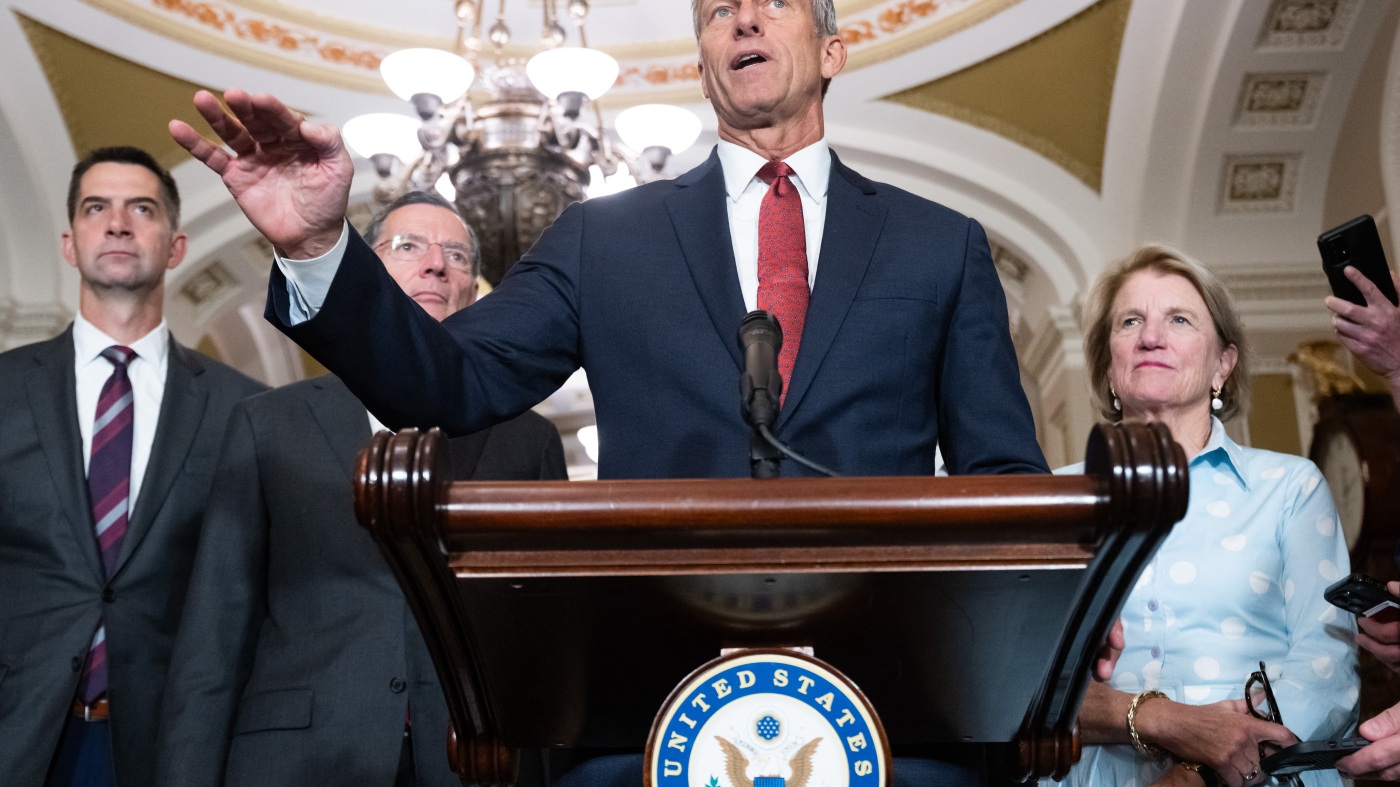The recent congressional debate over President Donald Trump’s proposed “big, beautiful bill” has brought into sharp focus the intricate interplay between legislative ambition and procedural constraints. At the heart of this debate lies Medicaid, a federal program that has become a battleground for partisan policy priorities. The Senate parliamentarian, an often-overlooked figure, has emerged as a key player in shaping the final contours of the bill, particularly in relation to Medicaid reforms. This article explores the significance of the parliamentarian’s role, the implications of the proposed Medicaid changes, and the broader political and social consequences of these legislative maneuvers.
Understanding the Parliamentarian’s Role
The Senate parliamentarian serves as an impartial arbiter of legislative rules, particularly under the budget reconciliation process. This process allows certain bills to bypass the filibuster, requiring only a simple majority for passage. However, the parliamentarian must ensure that all provisions in a reconciliation bill comply with the Byrd Rule, which limits such bills to measures that have a direct impact on federal spending or revenue. This rule is designed to prevent the inclusion of extraneous policy provisions that would otherwise require a 60-vote threshold to pass.
In the context of the GOP’s Medicaid proposal, the parliamentarian’s recent ruling has been pivotal. The ruling determined that certain provisions, such as modifications to the Federal Medical Assistance Percentage (FMAP) and changes to state provider taxes, do not meet the Byrd Rule’s criteria. These provisions were intended to significantly alter the financial dynamics of Medicaid, shifting more of the financial burden to states and, ultimately, to beneficiaries. The parliamentarian’s decision to strike down these provisions has forced Senate Republicans to reconsider their approach, highlighting the delicate balance between policy goals and procedural constraints.
The Ambitions Behind Medicaid Changes
The proposed Medicaid reforms are part of a broader Republican agenda to reshape federal social programs. The changes are framed as efforts to reduce waste, fraud, and abuse, but they also represent a fundamental restructuring of the program. Key elements of the proposal include:
– FMAP Adjustments: The bill seeks to reduce the FMAP for states that expanded Medicaid under the Affordable Care Act from 90% to 80%. This change would shift a substantial financial burden to states, many of which are already struggling with budget constraints. The parliamentarian’s ruling has effectively blocked this provision, at least in its current form.
– Work Requirements: Another contentious element is the introduction of work requirements for able-bodied adults. Proponents argue that these requirements will promote self-sufficiency, while critics contend that they will disproportionately affect vulnerable populations, such as those with disabilities or caregiving responsibilities. The parliamentarian’s ruling has not explicitly addressed work requirements, leaving their fate uncertain but still a possibility in the final bill.
– Provider Taxes: The bill also aims to overhaul how states tax Medicaid providers, a move that would limit a major source of funding for the program. The parliamentarian’s ruling has struck down this provision, which would have had significant implications for state budgets and healthcare access.
– Per Capita Caps and Block Grants: The proposal includes provisions to impose per capita caps or block grants on Medicaid spending, effectively limiting the growth of federal funding over time. These measures are designed to control costs but could lead to reduced benefits and eligibility for millions of beneficiaries.
The parliamentarian’s ruling has forced Senate Republicans to strip out or revise many of these provisions, but the underlying goals remain. The challenge now is to find a way to achieve these objectives within the constraints of the Byrd Rule. This process underscores the tension between legislative ambition and the need to adhere to established procedural norms.
The Political and Social Implications
The proposed Medicaid changes have far-reaching implications for both the political landscape and the social safety net. Politically, the debate highlights the divisions within the Republican Party. Fiscal hawks see the reforms as essential to controlling entitlement spending, while centrists and rural-state Republicans are concerned about the potential electoral fallout. The House version of the bill, which includes more aggressive cuts, has added to the tension, as Senate negotiators must balance the demands of different factions within the party.
From a social perspective, the proposed changes could have profound consequences for millions of Americans. Low-income children, adults, people with disabilities, and seniors in nursing homes are among the most vulnerable populations. The proposed cuts and work requirements could lead to a significant reduction in Medicaid coverage, with estimates suggesting that nearly 11 million Americans could lose their healthcare. This would not only affect individual health outcomes but also strain public health systems and state budgets.
The broader legislative picture is equally significant. The “big, beautiful bill” also includes changes to programs like the Supplemental Nutrition Assistance Program (SNAP) and controversial tax cuts benefiting higher-income households. Analysts have noted that the net effect of these changes is a redistribution of resources from the most vulnerable to the wealthiest, a dynamic that has sparked intense opposition from Democrats and some centrist Republicans.
Conclusion
The debate over Medicaid in the GOP’s proposed bill offers a compelling case study in the complexities of legislative decision-making. The parliamentarian’s ruling has served as a critical check on the scope of the proposed reforms, forcing lawmakers to reckon with the constraints of the Byrd Rule. While the final shape of the bill remains uncertain, the process has revealed the delicate balance between policy ambition and procedural reality.
For millions of Americans, the stakes are high. The proposed changes to Medicaid could fundamentally alter access to healthcare, with profound implications for public health and social equity. As negotiations continue, the outcome will not only determine the immediate fate of Medicaid but also set a precedent for future legislative efforts. In the halls of Congress, procedure often speaks louder than politics, and the current debate is a testament to the enduring power of legislative rules in shaping policy outcomes.

